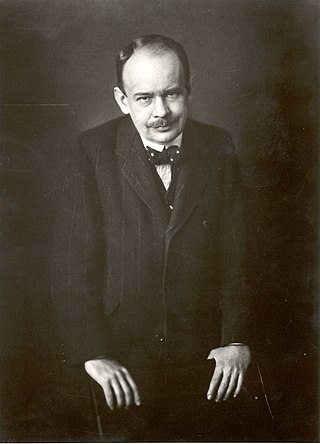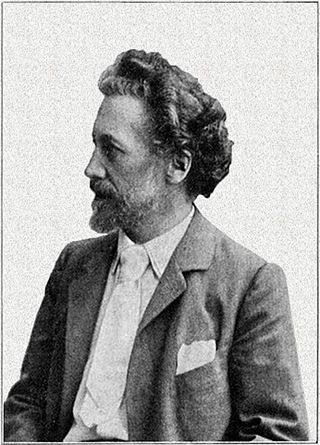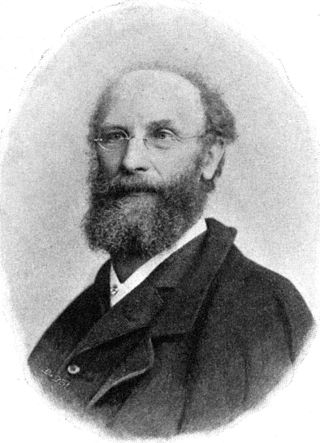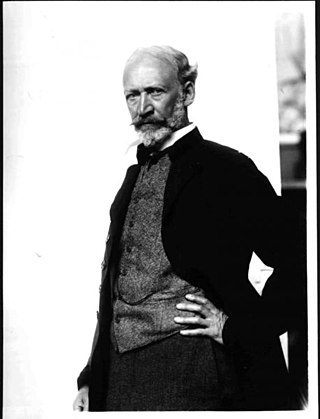This article needs additional citations for verification .(July 2021) |

Friedrich Ohmann (21 December 1858, Lemberg - 6 April 1927, Vienna) was an Austrian architect in the Historicist style.
This article needs additional citations for verification .(July 2021) |

Friedrich Ohmann (21 December 1858, Lemberg - 6 April 1927, Vienna) was an Austrian architect in the Historicist style.
![The North Bohemian Museum in Liberec [de] Severoceske muzeum 1.jpg](http://upload.wikimedia.org/wikipedia/commons/thumb/0/09/Severo%C4%8Desk%C3%A9_muzeum_1.jpg/225px-Severo%C4%8Desk%C3%A9_muzeum_1.jpg)
His father was a building official. In 1877, he began his studies in architecture at the Technical University in Vienna. His professors there included Heinrich von Ferstel and Karl König ]. In order to gain more creative training, he enrolled at the Academy of Fine Arts and studied with Friedrich von Schmidt.
From 1889 to 1899, he was a Professor of decorative architecture at the Academy of Arts, Architecture and Design in Prague, and was involved in several restoration projects, all while training numerous future architects, including Vladimír Fischer, Bedrich Bendelmeyer, and Álois Dryak. In 1898, together with Josef Hackhofer , he created designs for all the bridges and their associated structures on the Wien River, then returned to Vienna to oversee the construction.
He served as the artistic director for the Neue Hofburg from 1899 to 1907. His projects included the Palmenhaus, a greenhouse near the Burggarten , and the monument to Empress Elisabeth of Austria, in the Volksgarten, with a statue by Hans Bitterlich.
From 1904, he was the head of the master class for architecture at the Fine Arts Academy.
Early in 1918, he presented the first drafts for a large monument dedicated to Emperor Franz Joseph I, which he thought would be a logical addition to the Votivkirhe, but the project was never pursued after the war. [1]
He was given an Ehrengrab ("honorary grave") by the City of Vienna. A street in Vienna's Döbling district is named after him.

Max Dvořák was a Czech-born Austrian art historian. He was a professor of art history at the University of Vienna and a famous member of the Vienna School of Art History, employing a Geistesgeschichte methodology.

Baron Theophil Edvard von Hansen was a Danish architect who later became an Austrian citizen. He became particularly well known for his buildings and structures in Athens and Vienna, and is considered an outstanding representative of Neoclassicism and Historicism.

Friedrich David Gilly was a German architect and the son of the architect David Gilly. His works are influenced by revolutionary architecture (Revolutionsarchitektur). Born in Altdamm, Pomerania,, Gilly was known as a prodigy and the teacher of the young Karl Friedrich Schinkel.

Anton Hanak was an Austrian sculptor and art Professor. His works tend to have a visionary-symbolic character, related to Expressionism.
Friedrich Hopfner was an Austrian geodesist, geophysicist and planetary scientist.

Anton Menger von Wolfensgrün, was an Austrian juridical expert and social theorist who aside from his collegiate works predominantly dedicated himself to propagating socialist literature on juridical grounds. He is the author of "The Right to the Whole Produce of Labor", "The Civil Law and the Poor" among others. He was the brother of Austrian economist Carl Menger.

Friedrich Moritz Brauer was an Austrian entomologist who was Director of the Naturhistorisches Hofmuseum, Vienna, at the time of his death. He wrote many papers on Diptera and Neuroptera.

Carl Gangolf Kayser was an Austrian architect at the service of Emperor Maximilian I of Mexico, during the Second Mexican Empire. In the later part of his life he returned to Austria and worked on restoring medieval castles.

Viktor Oskar Tilgner was an Austrian sculptor and medailleur.

Maximilian Ernest of Austria, was an Austrian prince member of the House of Habsburg and by birth Archduke of Austria.

Karl Albiker was a German sculptor, lithographer and teacher of fine arts. Albiker studied with Auguste Rodin in Paris. From 1919 to 1945 he was a professor at the Dresden Academy of Fine Arts. His monumental statues, like those of Georg Kolbe, reflected National Socialist heroic realism. Albiker created the relay racers for Berlin's Reich Sports Field and various war monuments, including those in Karlsruhe, Freiburg im Breisgau, and Greiz.

Edmund Ritter von Hellmer, born Edmund Hellmer and ennobled in 1912, was an Austrian sculptor who worked in the styles of Historicism and Art Nouveau.
Josefine Swoboda was an Austrian portrait painter. She was one of the most active Vienna portraitists.
Arpad Weixlgärtner was an Austrian art historian.

Georg Decker was an Austro-Hungarian portrait artist.

Ludwig Baumann was an Austrian architect.

August Schwendenwein von Lanauberg was an Austrian architect who built several Viennese palaces.

Victor Luntz, was an Austrian architect and Professor.

Johannes Benk was an Austrian monumental sculptor.

Hans Bitterlich was an Austrian sculptor.
